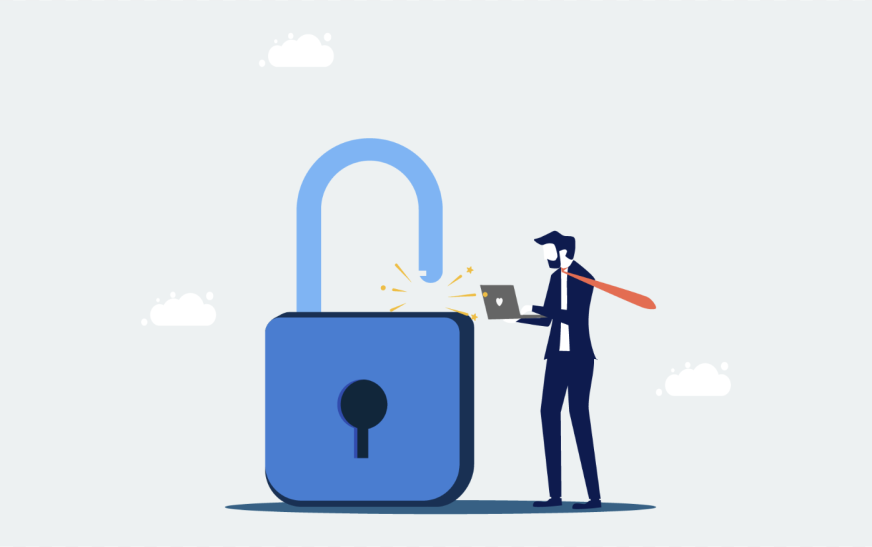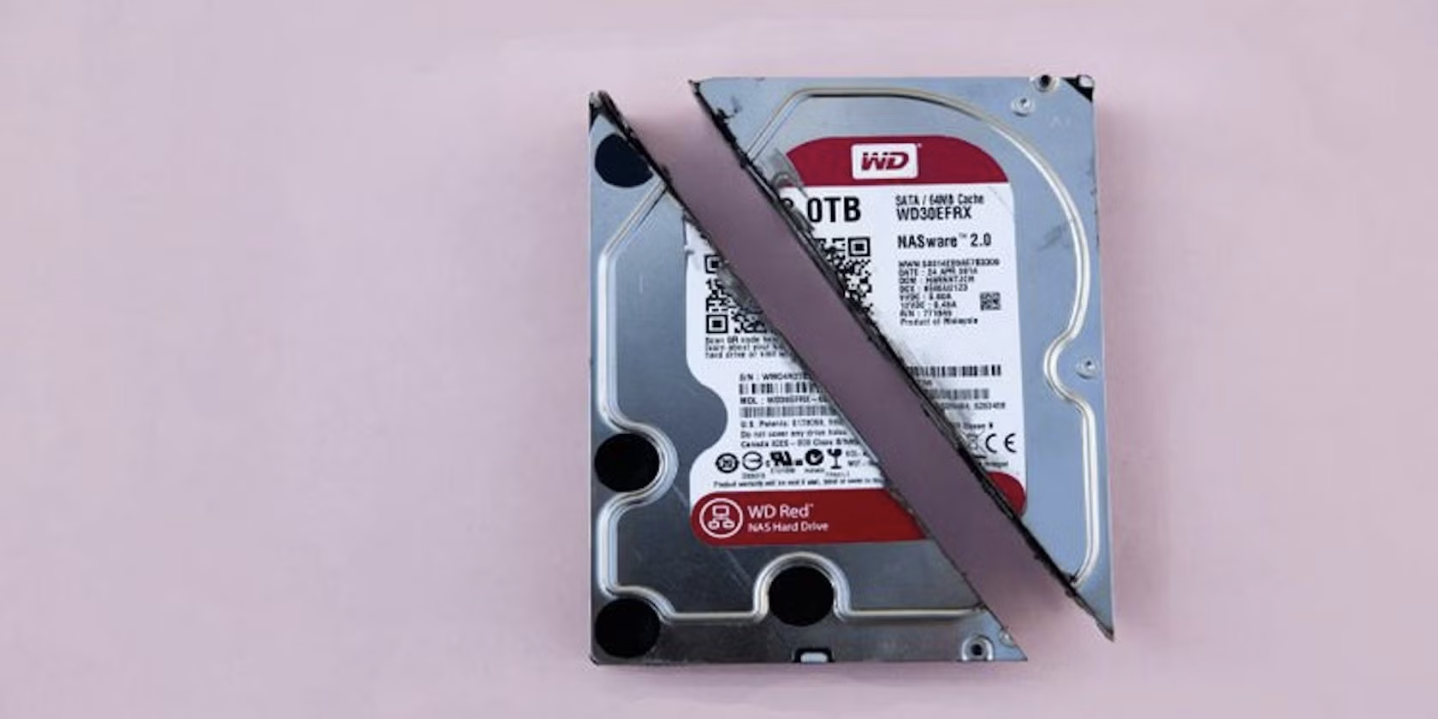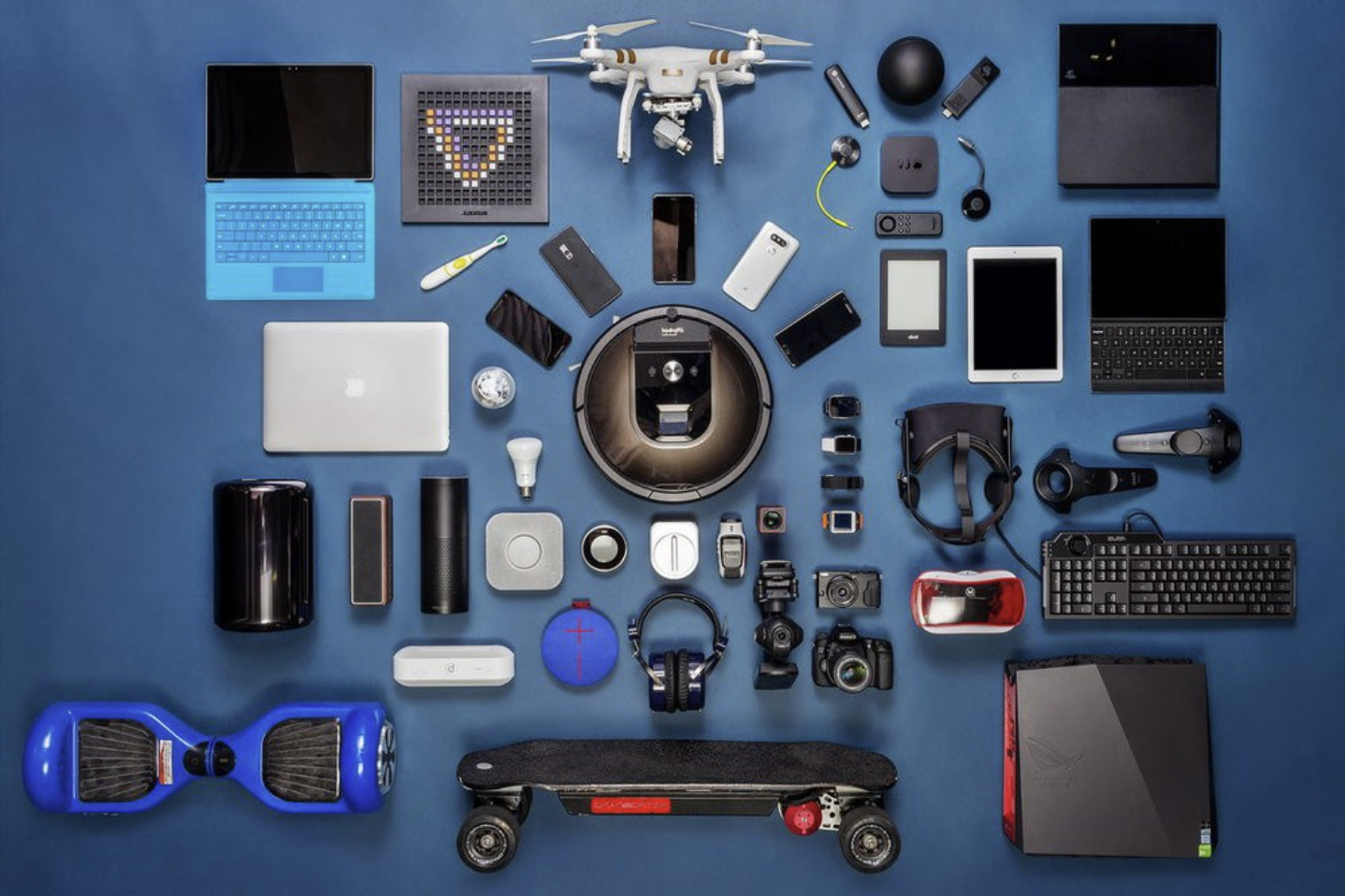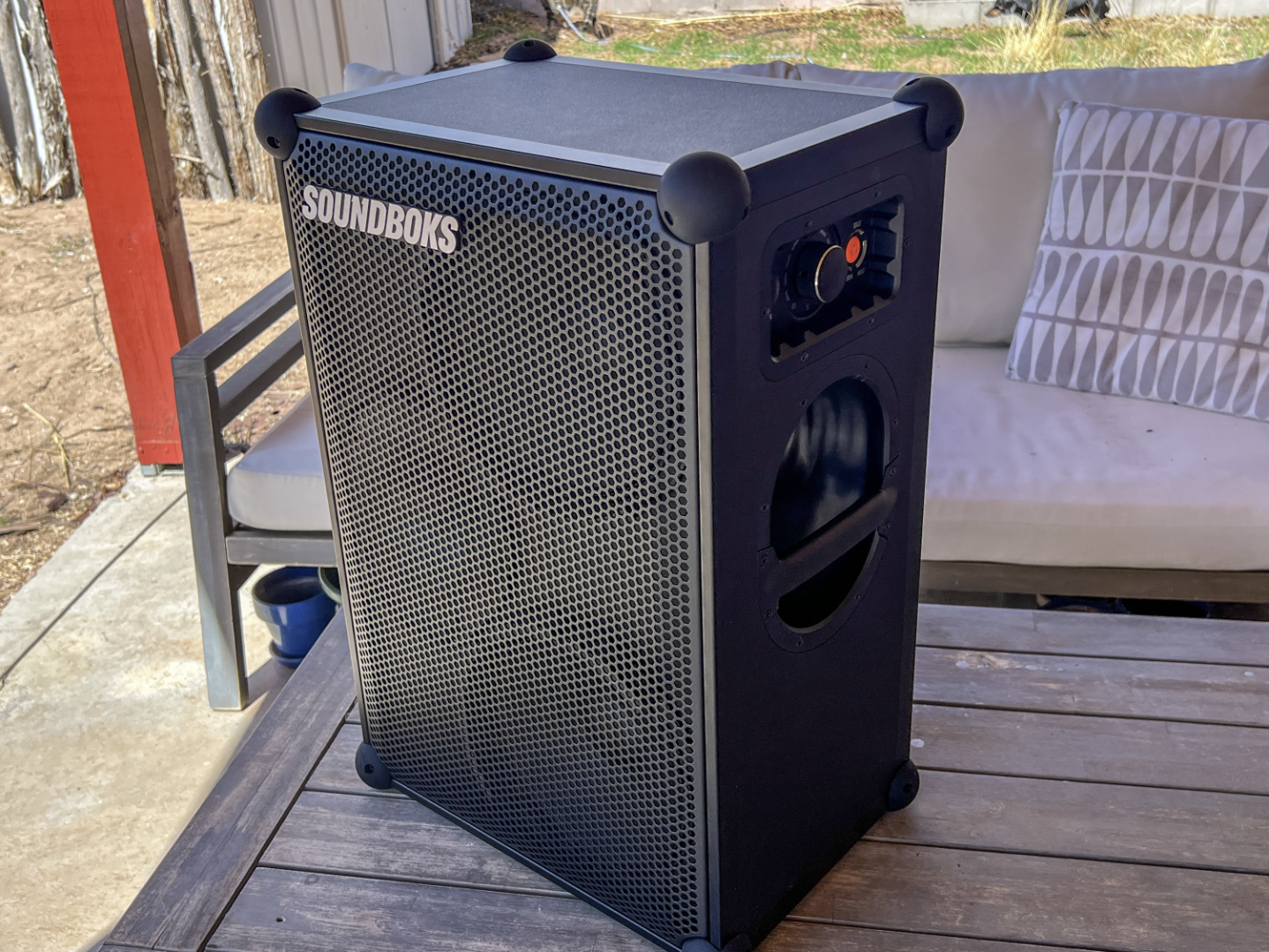
How Smart Is Your Office?
The Internet of Things (IoT) is rapidly growing, with experts predicting that by 2021, there will be up to 26 billion connected devices. While most people associate IoT with consumer gadgets like smart speakers or internet-connected appliances, its use in the workplace is becoming more common. By 2020, the number of businesses implementing IoT is expected to increase by 250% compared to just a few years ago.
Industries like manufacturing and logistics have already embraced IoT to monitor machinery, track errors, regulate temperatures, and prevent bottlenecks. But IoT is also helping improve productivity and security in other sectors by automating time-consuming tasks like administration and management.
Once business operations are streamlined with IoT, the next logical step is using data from these devices to improve the office environment. A major benefit of this technology, often overlooked, is its positive impact on employee well-being and happiness, which can, in turn, boost productivity and benefit the company as a whole.
Wellbeing and Productivity
There’s a clear link between employee happiness and productivity. Research shows that happy employees can be up to 20% more productive. Workers who enjoy their environment often foster a positive, creative atmosphere. IoT is now making it possible to gather real-time feedback on employee performance, just like how haulage companies use telematics to monitor drivers. With this level of insight, companies can ensure both their employees and tools are operating efficiently.
Optimizing the Environment
The office environment plays a huge role in how productive employees are. Factors like ventilation, temperature, and lighting can keep workers comfortable and focused. In contrast, a poor environment can lead to lower morale, higher sick days, and increased turnover.
By combining data from IoT sensors with employee feedback, management can create a better, data-driven view of the workplace. For example, adjusting the temperature based on how many people are in a room or changing meeting schedules to reduce productivity impacts are simple ways to optimize the environment. Over time, this data could also inform bigger changes, like redesigning the office layout to accommodate employee needs better.
Wearables and Employee Wellness
Wearables are a rapidly growing sector in the IoT market, with the global wearable tech market projected to reach $51 billion by 2020. These devices track fitness, diet, and mindfulness, helping people live healthier lives. As more employees use wearables to improve their well-being, incorporating them into a workplace wellness strategy could be a game changer.
Using wearables in the office can help identify early signs of stress or anxiety, potentially preventing more serious health issues. With millennials prioritizing wellness more than previous generations, this data can also contribute to a more positive workplace, improving happiness, retention, and productivity.
Addressing Concerns
While tracking individual productivity, location, and communication data can provide valuable insights, it also raises privacy concerns. Employees should have control over whether they participate in wellness initiatives, and businesses should be transparent about what data will be collected.
Another major challenge is balancing the security risks of adding more IoT devices to the workplace. Each device must be kept up to date with the latest security patches, and with the growing mobile workforce, this can become complex. Before introducing IoT devices, businesses should audit their current security measures to ensure they’re running effective endpoint security, antivirus software, firewalls, and malware scanners.
Security also requires addressing the risk of human error. Employees using personal devices (laptops, wearables, etc.) should be required to follow a Bring Your Own Device (BYOD) policy. This ensures that their devices are secured with strong passwords, two-factor authentication, and up-to-date software.
Conclusion
Integrating IoT into the workplace brings numerous benefits, from improving employee well-being to reducing operating costs. While security concerns are valid and need to be addressed, the IoT-enabled office is becoming more common, particularly as employees place greater emphasis on work-life balance and wellness. Small businesses should consider these factors as they look to create a more modern and productive work environment.













